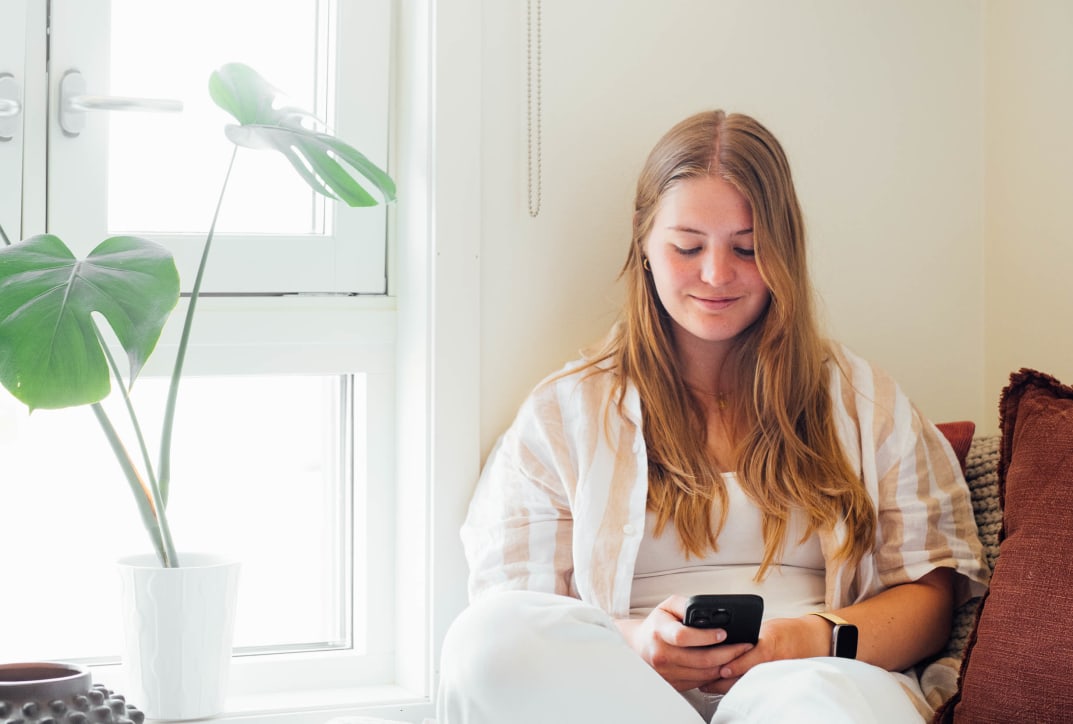
In this course, we will explain in simple terms how to pay your bills. Finally, we'll give you some insight into what can happen if you don't pay your bills.
📶 Online banking
The first requirement for paying bills is that you should have online banking and an account with sufficient funds.
🧾 Invoice and eInvoice
Invoice is the same as bill, and invoice and e-invoice are basically the same:
You can receive an invoice as a letter in the post or as an email, while an e-invoice arrives directly in your online bank (or Vipps if you have approved this).The advantage of e-invoices is that all the information on the invoice is already entered, including the KID number.
You will receive a notification in your mobile bank/online bank and by email (it is often also possible to order an SMS notification from your online bank) when a new eInvoice arrives.
You approve the invoice and the recipient with BankID before you pay.
What is KID number?
The KID number is the invoice's ID number, which allows the bank and the recipient to recognise that your payment belongs to that particular invoice.
If you enter the wrong number (some KID numbers are very long), an error message will usually appear and you can try again.
🤝 AvtaleGiro
AvtaleGiro is most often used for fixed invoices, such as rent, loans and fixed subscriptions (fitness, phone, Netflix, etc.). When you set up a direct debit with your bank, the invoice is automatically paid on a fixed date.
The only thing you need to make sure is that you have money in your account on the day the invoice is drawn.
Change bank - move AvtaleGiroer
Remember that if you change bank, you must set up your AvtaleGiro again with the new bank. Check with your bank for routines and how long such a move takes (normally it can take 4-6 weeks, so pay any paper invoices you may receive during this period).
💸 Vipps
It is also possible to use Vipps as a means of payment. The same invoice will appear both in the Vipps app and in your online bank. If you pay via Vipps, the invoice will disappear in your online bank, and vice versa.
Have you got what you paid for?
Remember! No matter how you pay for something; check that you have received what you pay for!
📅 Fixed deduction
A fixed overdraft is something you can set up yourself in online banking, where you can set up the date, amount and account number.
For example, you can have a fixed overdraft to an account for bills, i.e. you transfer a fixed amount to an account that will cover all your fixed expenses. Then you know that the money you have left in the account to which your card is linked is for regular spending.

If you spend a little time setting up a flow for your bills in your online bank, you'll have good control over your finances in the future!
⚠️ What happens if you don't pay on time?
If you do not pay on time, you will usually first receive a reminder or payment reminder, and then a debt collection notice. Debt collection means that you have not paid the invoice by the due date (the date is always stated on an invoice).
If you receive a reminder, it's a good idea to pay immediately, because if you still don't pay and a debt collection case is opened, the amount you owe will grow even larger, the case will end up in court and you may end up with a payment remark. A payment remark can later cause you difficulties if you need to apply for a loan for a home or car, for example.
Elisabeth has some good advice if you've hit a rough patch financially:
When the invoice is not paid by the due date, the debt collection process will begin. The process essentially involves seven steps:
You receive a reminder. The case can be closed here if you pay.
You are notified that the invoice may be sent to debt collection. This may be the first reminder you receive.
The debt collection notice has not been paid and the case has now become a debt collection case. The next thing you receive is a demand for payment.
The demand for payment is not paid and the case is sent to court.
Payment remark: Your name is submitted to a debt register. This register is used by various parties to check that you are a good payer.
Complaint for conciliation: The parties meet in the conciliation board, which will help to resolve the case efficiently, essentially settling the case.
Compulsory cover and requests for attachment are ways in which debt collection agencies can collect money.
Also read this article on how to avoid debt collection.
Next part of the course: Student loans and other loans ➡️
